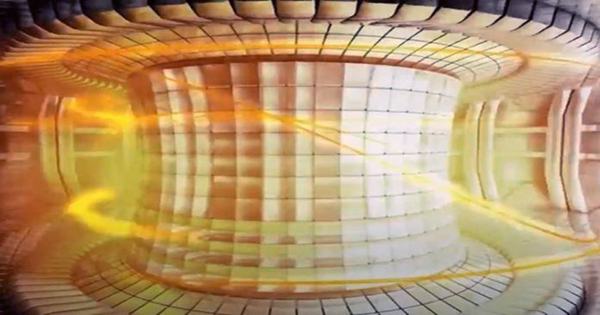Amorphous silicon is a non-crystalline form of silicon that lacks a long-range ordered structure. It is a non-crystalline form of silicon that is used in solar cells and thin-film transistors in liquid crystal displays. It is deposited in thin films onto a variety of flexible substrates, such as glass, metal, and plastic, as a semiconductor material for a-Si solar cells, or thin-film silicon solar cells. It is often used in the production of thin-film solar cells, which convert sunlight directly into electricity. Amorphous silicon cells are notoriously inefficient.
Unlike crystalline silicon, amorphous silicon does not have a repeating crystal lattice structure, which makes it easier to deposit on a variety of substrates. This makes it a popular choice for the production of thin-film solar cells, where it is used as the semiconductor material.
As a second-generation thin-film solar cell technology, amorphous silicon was once expected to be a major contributor to the rapidly growing global photovoltaic market, but it has since faded due to strong competition from conventional crystalline silicon cells and other thin-film technologies such as CdTe and CIGS. Amorphous silicon is a preferred material for liquid crystal display (LCD) thin film transistor (TFT) elements and x-ray imagers.
Amorphous silicon differs from other allotropic variations, such as monocrystalline silicon—a single crystal, and polycrystalline silicon, that consists of small grains, also known as crystallites.
Advantages
While a-Si has lower electronic performance than c-Si, it has a much wider range of applications. For example, a-Si layers can be thinner than c-Si layers, potentially saving money on silicon material costs.
Another benefit is that a-Si can be deposited at extremely low temperatures, such as 75 degrees Celsius. This enables deposition not only on glass, but also on plastic, making it a candidate for roll-to-roll processing. Once deposited, a-Si can be doped in the same way that c-Si is doped to form p-type or n-type layers and, eventually, electronic devices.
One advantage of amorphous silicon is that it absorbs sunlight more efficiently than crystalline silicon, which means that less material is needed to produce the same amount of power. Another advantage is that it can be deposited at a lower temperature than crystalline silicon, which reduces the cost of production.
Another advantage is that PECVD can deposit a-Si over large areas. Because the design of the PECVD system has a significant impact on the production cost of such panels, most equipment suppliers focus on the design of PECVD for higher throughput, which leads to lower manufacturing costs, especially when the silane is recycled.
Applications
Some common applications of amorphous silicon include:
- Solar Cells: Amorphous silicon is widely used in solar panels to convert sunlight into electricity. It is used as a thin film that covers the surface of the solar panel, allowing it to absorb more light and convert it into energy.
- Flat Panel Displays: Amorphous silicon is also used in flat panel displays, such as those found in televisions, computer monitors, and mobile devices. It is used as a thin-film transistor (TFT) to control the color and brightness of the pixels on the screen.
- X-Ray Detectors: Amorphous silicon is used as a sensor in X-ray detectors. It is used to convert X-rays into electrical signals that can be detected and analyzed.
- Microelectronics: Amorphous silicon is also used in microelectronics, such as sensors, actuators, and micro-electromechanical systems (MEMS). It can be used to make small, low-power devices that are highly sensitive and reliable.
However, amorphous silicon has a lower conversion efficiency than crystalline silicon, meaning that it converts less of the sunlight that hits it into electricity. As a result, amorphous silicon solar cells are typically less efficient than their crystalline counterparts.















